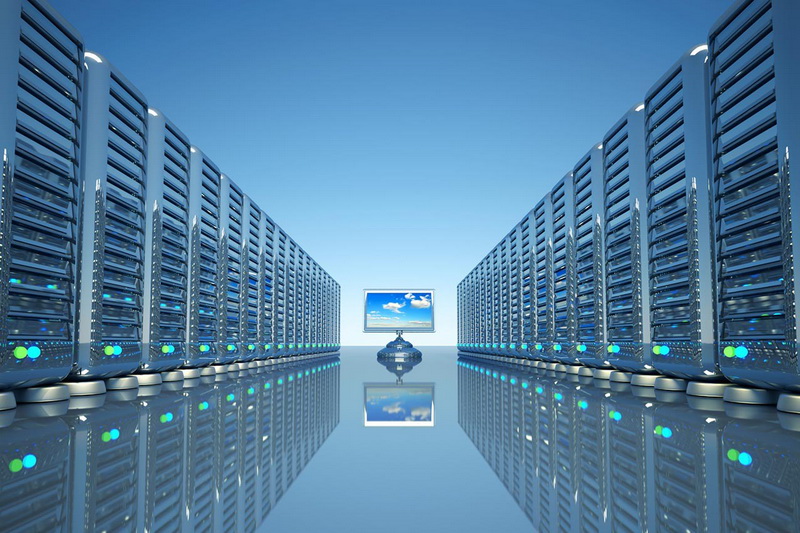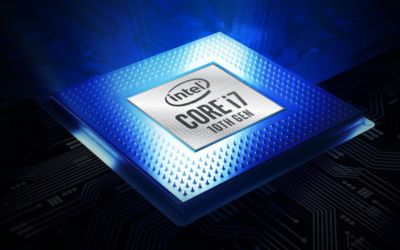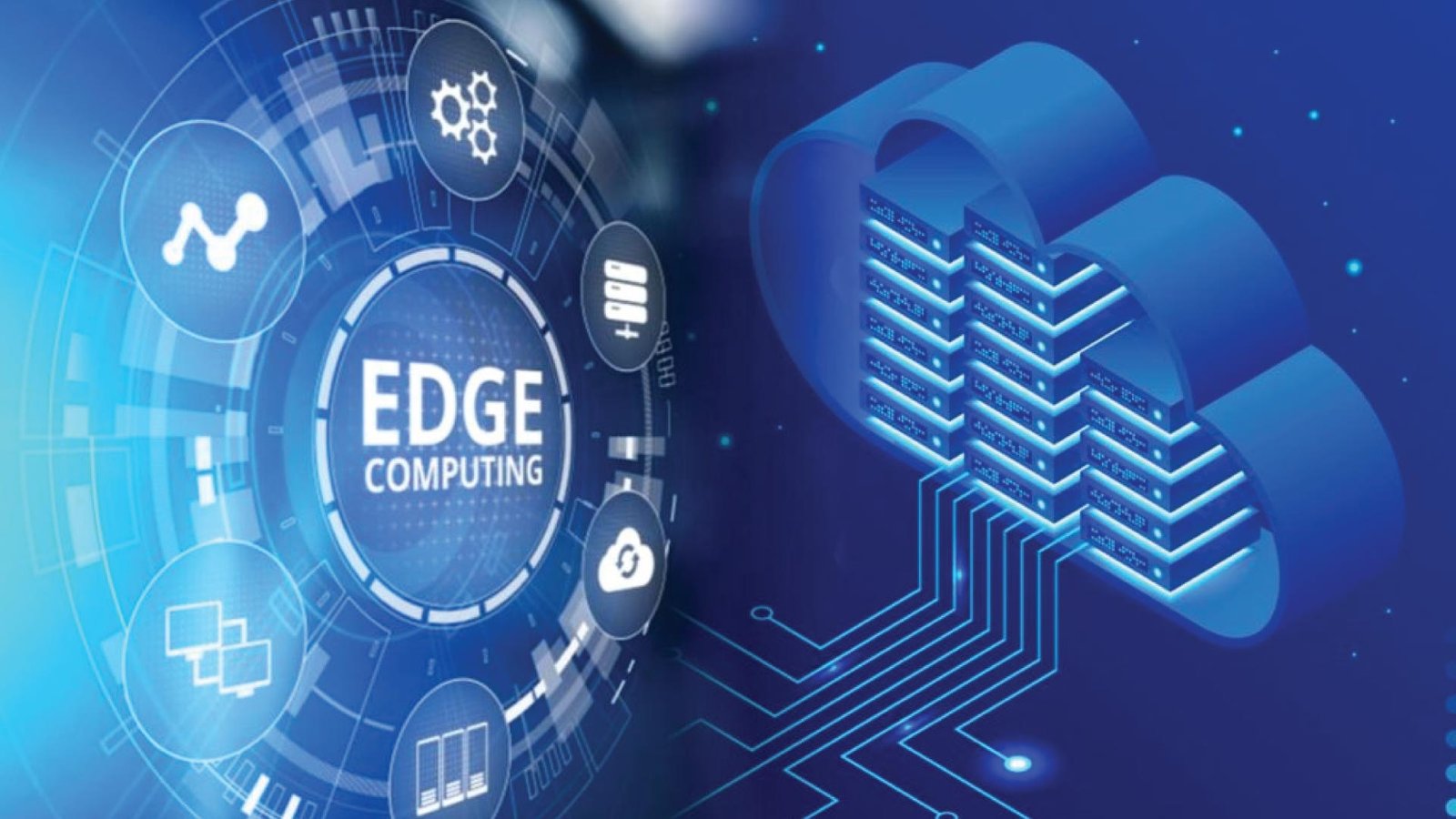Why Software Defined Infrastructure is the Future of IT?

Technology is dynamic, especially in the current society, and the manner in which IT systems are being handled is also changing. Another key development that is considered quite beneficial in the context of IT is Software Defined Infrastructure or SDI. SDI is a system that utilizes software to control the components and tools employed in a given network, as opposed to the physical implementations typified by cables, routers, and servers.
This approach makes systems easier to manage since businesses can manage resources such as storage, servers, and networks more flexibly and efficiently. In this article, we will discuss why SDI is defined as the future of the IT industry and how this concept is changing the strategies of companies.
Why is SDI the Game-Changer for IT Systems?
Now that we have a basic understanding of what SDI is, let’s take a deeper look at why it’s considered the future of IT. Here are the main reasons why SDI is so important and why it will continue to shape IT for years to come:
1. More Flexibility and Control
Software Defined Infrastructure helps businesses to have more control over their IT framework. Formerly, if a company required more space for storage or more processing power, it would require the procuring of extra hardware in hardware form. SDI enables enterprises to coordinate and allocate existing resources through a mouse click. Such flexibility empowers companies to adapt to the requirements of their IT systems in a rapidly changing environment. This means the companies do not have to think about purchasing new hardware equipment.
2. Cost-Effective
SDI helps to solve one of the major problems that has plagued the industry; the need for strongly expensive pieces of hardware. It means businesses do not have to keep buying new servers and storage devices while they can use the old ones and control them with the help of software. It has the additional benefit of saving equipment costs and minimising the time required to maintain and configure hardware systems.
3. Faster and Easier to Manage
The management of a traditional IT system involves several activities that may take a lot of time and effort. In the case of Software Defined Infrastructure, the majority of the work that is carried out involves the use of computers and other technologies. For instance, the software can rapidly adapt regarding a number of utilisation of resources and frequencies of distributing workloads as well as changes in security measures. That is why businesses do not waste time managing their IT systems.
4. Scalability
The most important lecture is that as businesses evolve, so do their IT requirements. With the help of Software Defined Infrastructure, it becomes very easy to manage the scale of a system depending on the needs of a business. For example, a company that suddenly gets more customers can use SDI to easily obtain more compute cycles or storage. Thanks to the software-dependent nature of SDI, companies do not have to worry about any hardware constraints and can grow without many problems.
5. Improved Security
With the rise of cyber threats, security has become one of the priorities of many companies. SDI gives more security-added features as it simultaneously detects and corrects faulty components. This means that software can always check for any suspicious activity on the system and then make updates in order to ensure everything is secure. This continues and automation assists in preventing security breaches and safeguarding of business information.
6. Better Performance
Performance is an important factor for businesses that depend on IT systems for their operations. SDI determines ways to properly utilize the available resources by coordinating the load on the various servers and other parts. This leads to improved efficiency since there is improved reliability in the systems, which maintains high customer satisfaction and general production. Software Defined Infrastructure can be used to guarantee that business systems are efficient and free of hitches.
Real-World Examples of SDI in Action
SDI is already in use today, in many companies and industries. For instance, cloud service providers like AWS and Microsoft Azure have adopted the concept of SDI which provides flexibility to the provider to manage and deploy the services in a scaled-up manner to their consumers. Companies can also outsource the purchase of computing capacity and storage space, which are both regulated by means of software.
Other examples are data centres, which are large physical facilities where a large amount of data is stored. SDI can be used to monitor and access data centres remotely by companies that own them. Thus, it aligns with easier controlling of the resources and the improvement of the energy efficiency level, a reaction to the shifts in needs.
Conclusion
Software Defined Infrastructure is now revolutionising the manner in which companies manage their infrastructure. It provides flexibility, affordability, simplicity for administration, expandability, enhanced security, and optimal performance, which are crucial factors relevant to all enterprises. With advancements in technology in the future, SDI is apt to be a larger influence in the future of IT and its adaptability to the growing market for businesses.
Knowledge and integration of SDI support organizational and technological advancement efficiently, securely, and with low costs in the technological systems. Software is clearly the future of IT and at the center of this revolution is Software Defined Infrastructure. SDI allows companies to achieve optimum organisational performance for future developments.
Read more: 8 Essential Tips for Optimizing Your Cloud Server Performance









